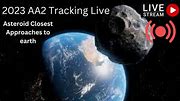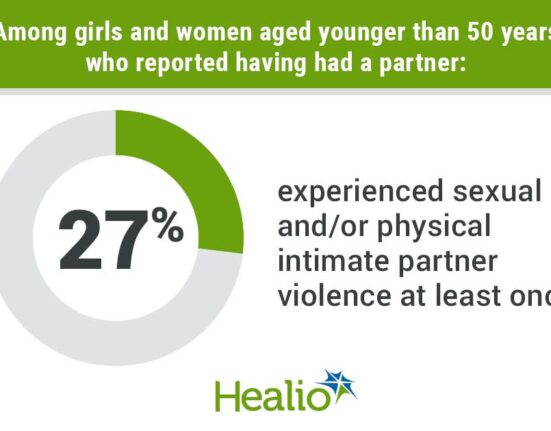Dr. Kelly Fast, a brilliant mind at NASA, is on a mission to shield our planet from potential asteroid impacts. The recent sight of a luminous green meteor streaking across the skies of southern WA served as a vivid reminder of the looming threats from outer space.
The narrative often painted by Hollywood may focus on colossal ‘planet killer’ asteroids, but in reality, it’s the smaller space rocks that pose an immediate danger. These unassuming celestial bodies could potentially wreak havoc on an entire city or region if they were to collide with Earth.
With unwavering dedication, Dr. Fast leads NASA’s Planetary Defense Coordination Office, where she spearheads efforts to detect and monitor over 37,000 near-Earth asteroids. The US Congress has set a target for NASA to identify 90% of asteroids larger than 140 meters – a critical step in safeguarding our planet against potential catastrophic events.
In Dr. Fast’s own words,
“We’re not too worried about the asteroids that could do global damage because most of those have been found.”
However, the elusive nature of smaller asteroids poses a significant challenge since they are harder to track yet capable of causing substantial devastation.
During her address at the Australian Space Awards in Sydney, Dr. Fast emphasized Australia’s pivotal role in planetary defense strategies. Australian researchers play a crucial part in the International Asteroid Warning Network and contribute significantly to tracking and monitoring potentially hazardous space objects.
Dr. Fast sheds light on one specific concerning asteroid named 2024 YR4 discovered recently that might come uncomfortably close to Earth within seven years. With its diameter measuring around 50 meters, this asteroid has the destructive potential comparable to historical events like the Tunguska event in Siberia back in 1908.
Discussing mitigation strategies, Dr. Fast unveils various innovative technologies under exploration for deflecting asteroids on collision courses with Earth. From spacecraft missions like DART (Double Asteroid Redirection Test) altering orbits through impact techniques to speculative methods involving ion beam deflection and gravity tractors – each solution presents unique possibilities towards averting disaster scenarios.
While referencing these cutting-edge approaches, Dr. Fast acknowledges both their promise and potential risks stating,
“And then there’s what we always like to call the Hollywood option because it’s what’s always used in movies – nuclear deflection.”
She cautions about possible hazards arising from such interventions due to debris field concerns post-explosion events.
Looking ahead optimistically yet cautiously towards future generations’ safety prospects against asteroid threats, Dr. Fast underscores how developing advanced technologies today serves as a precious gift for tomorrow’s protection standards.









Leave feedback about this